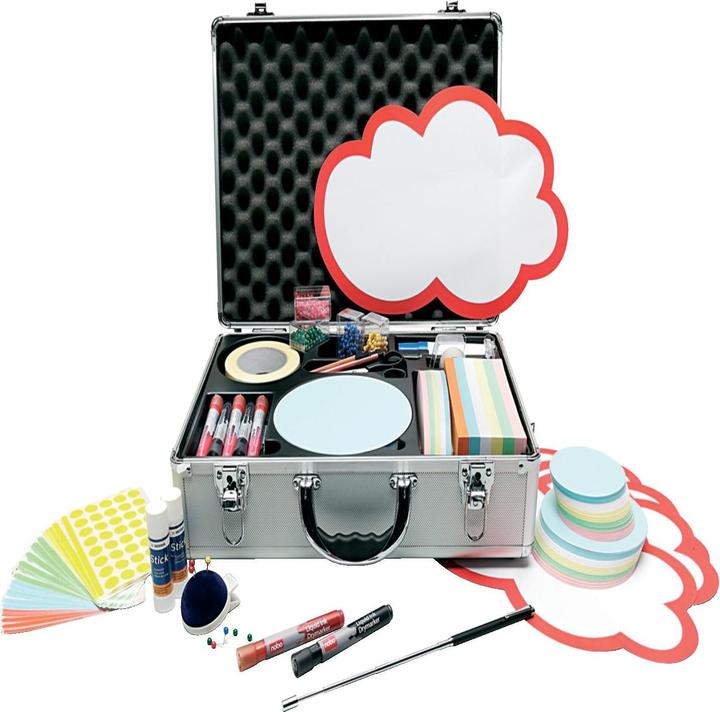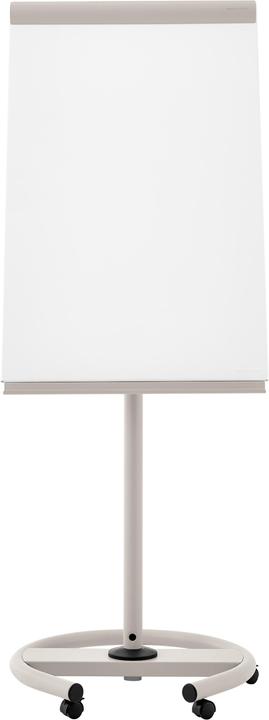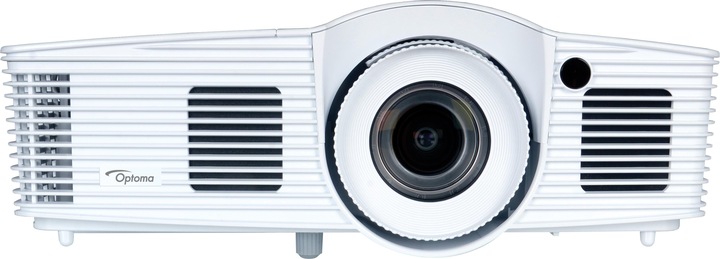

A beginner's guide to preparing a meeting
We spend much of your time at work in meetings. How much of this time is really necessary? Could we be more efficient? Here’s a beginner's guide to preparing a meeting that’s worth the time that it takes.
Before you set up a meeting that’s unnecessary, isn’t prepared well and will cost you precious time and nerves, consider the following questions. But keep in mind that you might not find a satisfactory answer to all of them straight away.
- When will the meeting take place?
- How long will it take?
- Where will it take place?
- How large does the meeting room need to be?
- Are all required facilities and tools available?
- Has the room been reserved and prepared for the specified time?
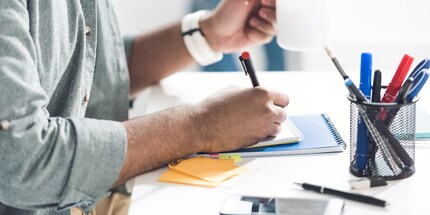
Selecting participants
Invite those who are affected by the topic and are therefore important for the meeting. Make sure to send out invitations as early as possible, giving all participants enough time to prepare. Include the following information in your invitation:
- Time
- Place
- Topic, aim
- Participants
Preparing the agenda
Begin the meeting by welcoming all participants. Then, talk about the topic and the aim of the meeting and introduce the topic by:
- asking questions
- showing what every participant has to do with the topic
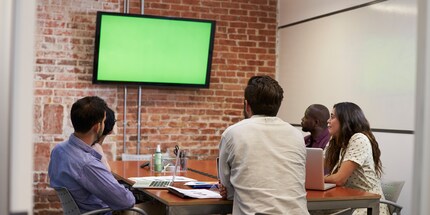
Time and place
Think about where you want your meeting to take place. Choose a place and room that’s easy for all participants to get to. Once you’ve chosen a room, consider the following questions:
- Is the room available at the selected time?
- Is the room in a tidy condition?
- Is the room suitable when it comes to light, temperature and background noise level?
Furniture and facilities
If you’re planning a long meeting, ergonomic chairs are your best choice.
Make sure the table in your meeting room offers enough space for all participants – even if they decide to spread out their documents and materials. The table should feature connection possibilities for all participants’ notebooks and a projector.
Always check that the facilities and tools you need are available and working.
Whiteboard
If there’s a whiteboard, check that it’s clean and enough pens are available.
Flipchart
Enough spare paper and pens need to be available and your flipchart should have a solid stand, so it won’t tip over or collapse.
Overhead projector
Learn how the overhead projector works before you start the meeting. Keep in mind that you need to plug it into the mains supply; this might require an extension cable. In addition to knowing how to operate the projector, find out how to replace the viewfoil and light bulb and make sure enough foil and foil pens (water-soluble and water-resistant) are available.
PCs, projectors and TVs
In a meeting with few participants where everyone can group around one notebook, you can show your slides directly on your notebook, a LED monitor or a TV.
For larger groups, you’ll need a projector. Make sure the projector that’s available is bright, has a high resolution and runs quietly.
Backup: Print your presentation slides or materials beforehand, so you won’t need to postpone or call off your meeting if technical problems occur.
When it comes to office supplies, I believe in form and function. From pens, scissors, paper notes to glittery glue and funky folders. That’s what I’m about at work. When I’m not busy checking out the latest desk accessories, I enjoy jetting off to remote corners of the world, lifting weights or taking an evening walk.
From the latest iPhone to the return of 80s fashion. The editorial team will help you make sense of it all.
Show all